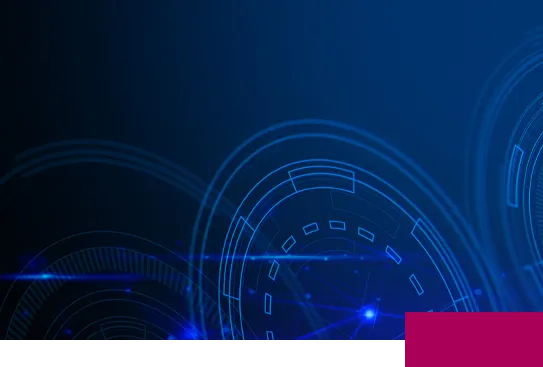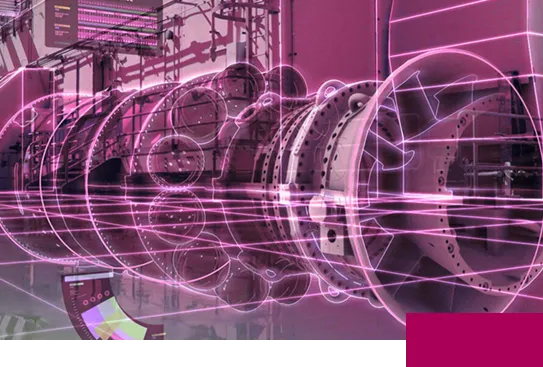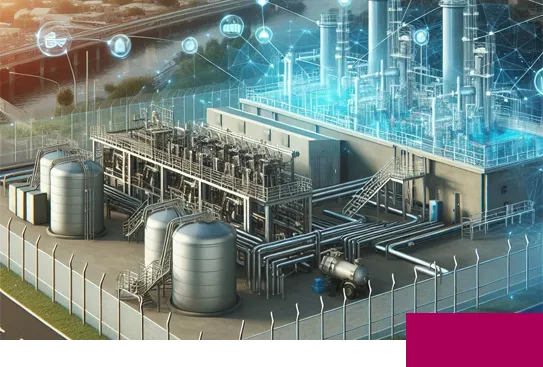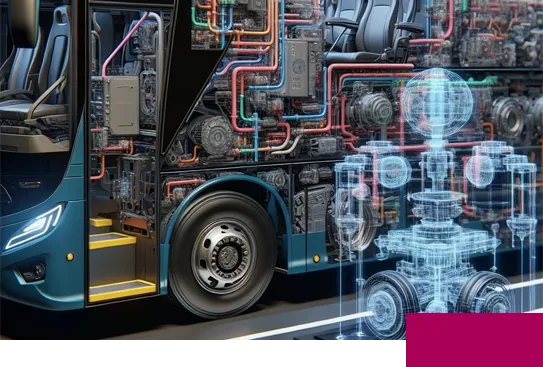Digital twins

We develop accurate digital twins that enable real-time simulation, monitoring, and analysis of systems, improving efficiency, minimizing downtime, and supporting more robust decision-making.

Solutions

Digital twins for manufacturing
We design digital twins using precise modelling of manufacturing processes, thus creating virtual replicas that enable operations to be simulated, monitored and analysed in real time. These solutions improve efficiency, reduce inactivity and facilitate decision-making in industrial environments.
Further informationDigital twins for the circular economy
We develop digital twins as key tools in promoting the circular economy in water and waste management. These technologies enable infrastructure operations to be simulated, monitored and optimised in real time, thus identifying opportunities with a view to reducing the consumption of resources, improving operational efficiency and minimising environmental impact.
Further informationDigital twins for transport (Alphon concept)
Digital twins for transport are key tools in improving security, operational efficiency and infrastructure planning. At Ceit we develop state-of-the-art models that integrate perception, simulation and control models, thus enabling complex systems to be analysed and optimised in rail, sea and land transport. These solutions compile data in real time, simulate the evolution of assets and control the courses of action required to ensure optimum performance, prolong lifespan and reduce operating costs.
Further informationTechnologies


